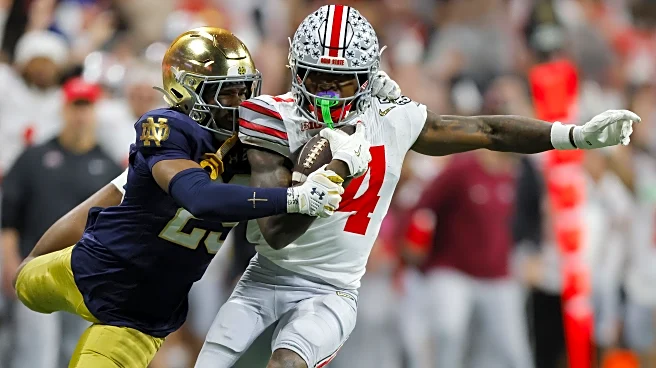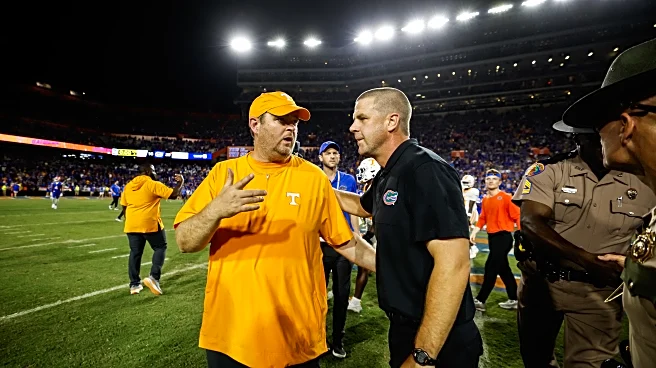
We’re just days away from the beginning of the 2025 season, but on Thursday afternoon, we got some pretty massive news about what will happen in 2026 in beyond, as it was announced that beginning next season, the SEC will move to a nine-game conference schedule. Each team will have three permanent opponents, and will play the remaining 12 teams every other year. Essentially, over a four-year span, you will have hosted every SEC team at your stadium and also traveled to theirs. It’s a great format,
once that I advocated for on here as early as 2022.
The is a move that outsiders have long advocated for, and those voices got even louder once Texas and Oklahoma joined the conference a year ago. As scheduling models for a 16-team conference were discussed, it became obvious that a 9-game schedule was the only viable way to not only have teams pay each other with any regularity, but also preserve many of the traditional rivals that make this game great on an annual basis.
Additionally, the SEC will maintain their requirement that teams must schedule at least one additional high quality non-conference opponent from the Atlantic Coast, Big Ten or Big 12 conferences or Notre Dame each season.
Reportedly one of the biggest stumbling blocks for garnering the necessary support for a 9-game schedule previously was whether it would hurt SEC teams’ chances at getting into the College Football Playoff. After all, why play a 9th conference game if you don’t think the Playoff committee is going to proportionately reward you for the added difficulty on your schedule. Not so coincidentally, that issue was addressed yesterday, as the College Football Playoff committee announced a new strength of schedule metric that will be used beginning this season. Per Shehan Jeyarajah’s article linked above:
“The new metric — titled record strength — will give further credit to how a team performs against its schedule. It will give extra credit for beating quality teams, while lessening the penalty for losses against tougher opponents. To the contrary, it will give less credit for beating lesser teams. Additionally, the existing strength of schedule metric has been adjusted to further err towards playing higher-level foes. “
Essentially, once the SEC knew that playing a tougher schedule wasn’t going to cost them potential Playoff spots, the move happened in short order. Now all that’s remaining is who each team’s three permanent opponents will be. The list below was widely publicized a couple years ago, and had the Aggies playing Texas, LSU and Mississippi State (a pretty darn good draw, if you ask me). But only time will tell how accurate this list is.
Oh, and if you were wondering whether this move caught A&M flat-footed, their current 2026 non-conference schedule would seem to indicate otherwise:
- Sept. 5: Missouri State (1st year in FBS)
- Sept. 12: Arizona State
- Nov. 21: Tarleton State (FCS)














